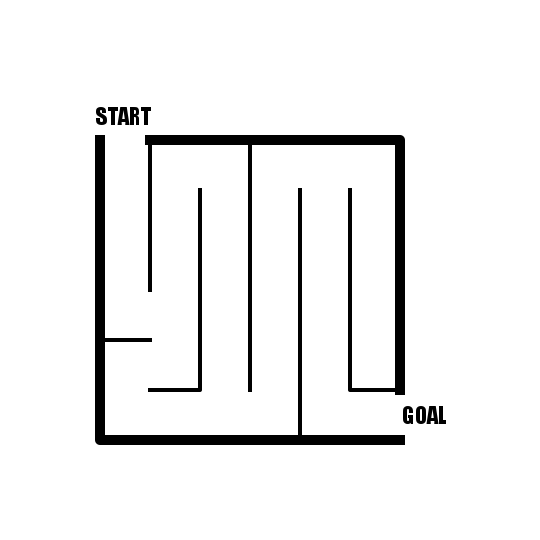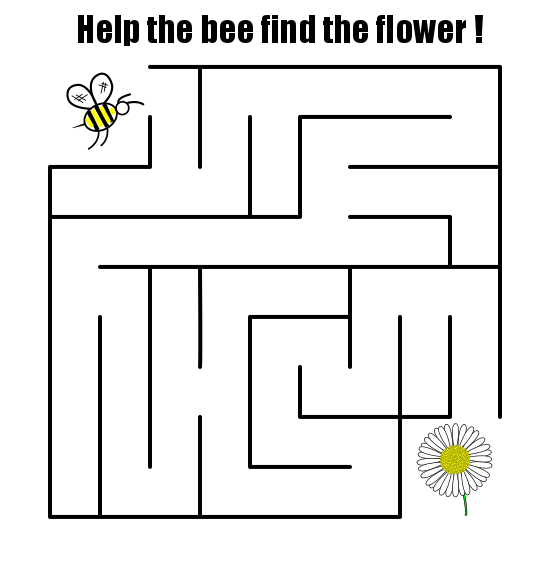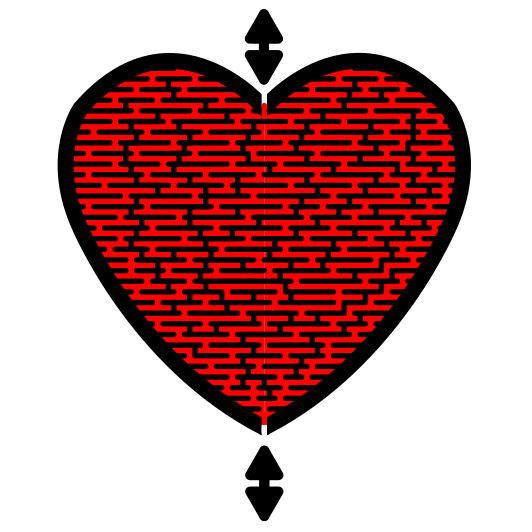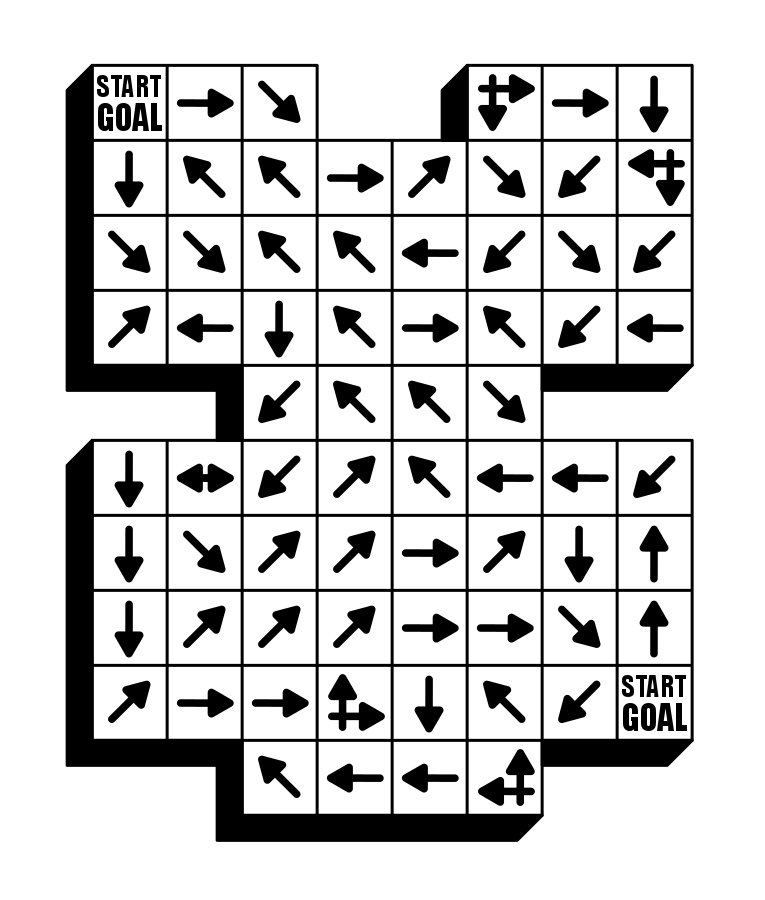There are many possible constructions of mazes you can make. I gave you step by step instructions to make 40 of them. But making a maze also means making a series of different decisions, each that will change the look and difficulty of the maze. Over the next few days I will explore the main Maze Options you need to make in a 3 Part series:
Part 1 - Starting and Ending a Maze
Part 3 - Conditional Pathway options
Let’s get started with Part 1: Starting and Ending a Maze
A common question asked in search is “Do all mazes have a starting point ?” Yes - all mazes have a starting point. But things can get interesting (see #5 below) if there are multiple starting points !
10 MOST COMMON WAYS TO START AND END A DRAWN MAZE
Starting a maze means you have options on well…starting the maze. Let’s get the most common and simple Start out of the way first:
1 - A Start Arrow at the Maze Border (with an End Arrow at the goal)
Probably the most common start you will find. Self explanatory to anyone who has ever done a maze and most people that haven’t. Same for the goal. This start/goal option also has a big advantage from using the arrow symbol vs. any option using words - there is not translation needed ! The example maze below would work in any country ! Here is what it looks like:
2 - The Word START at the border / GOAL at the end
Well maybe the Start arrow isn’t enough….Using the word START to start a maze makes sense and you will most commonly find it used on a maze created for kids. GOAL work the same way. Here is what it looks like:
3 - The Words START and GOAL internally
Moving the words internally gives you some freedom in the border and drawing of your maze, especially if you are making maze art. This also gives you flexibility to not use the borders/corners as the start and goal, but anywhere within the maze. This example is NOT maze art obviously:
4 - The Word START internally working to an external goal
Most commonly used for an Escape maze where the object is to escape the border of the maze from an internal Start. The Goal in this case can be anything, and the below example also is a preview of the next variation, unmarked Goal.
5 - The Unmarked Goal / Start
Don’t say anything for the goal. Why would you want to do this ? Well one reason is because you want to challenge the solver with multiple possible exits. This is most common with an Escape Maze. Below is a multi exit Escape Maze. The solver must work to the outside of the maze to escape the object - - but where are they going to ?
Now take the example below and switch START to GOAL. We have an unmarked START and the solver must choose which pathway to begin with !
6 - Object as Start/Goal
Common in Children’s mazes, but available for any maze is the maze that uses Objects for either the start or goal or both, like below. It is very common for these to be themed and to create a journey theme while solving the maze. Has a similar advantage as the use of arrows in #1 above in that it does not need to be translated (although my example does have writing, if it was gone or in another language the overall majority of solvers would need no explanation !)
7 - Start/Goal is the Same
One way to up the difficulty on a maze is to give it conditions like from the Start of the maze travel to an internal goal and then return back to Start (The Go and Return Maze) using a new path. Here is an example:
8 - Dual Start/Goals (They are interchangeable)
You can design a maze so it is difficult to solve in both directions. Typically a maze is designed in one direction (Start to Goal), but that doesn’t need to be the case. Below you can solve in either direction !
9 - Undetermined Start/Goals
The start and goal are labeled but you are not sure which is each. This is a great way to add difficulty to an Arrow Maze, and unlike in a Dual Start/Goal above, there is only one correct Start and Goal but you are not told which is which ! I experimented with using question marks…a 10th option or just a variation of #8 and #9 ?
10 - Find the Correct Goal
This is best used in a weaving type maze. In my below example (it was rushed) you need to follow the ball through the pipes and determine what color bucket the ball ends in. Why might you use this ? Well, if you want to make it more difficult for the solver to reverse solve the maze. With 7 options below as a possible goal, they might think twice (note again I rushed this and the added incorrect pathways are not well done).
Those are the 10 most common ways to start and end a maze. Maybe you can come up with a few others. Drop me note with your ideas !
Additional Posts on Maze making you may like:
Using Color for Maze Pathways - A Case Study
Maze Design Case Study - Designing a Grid Maze in Different Difficulty levels
Check out my YouTube channel to see maze art being made !










